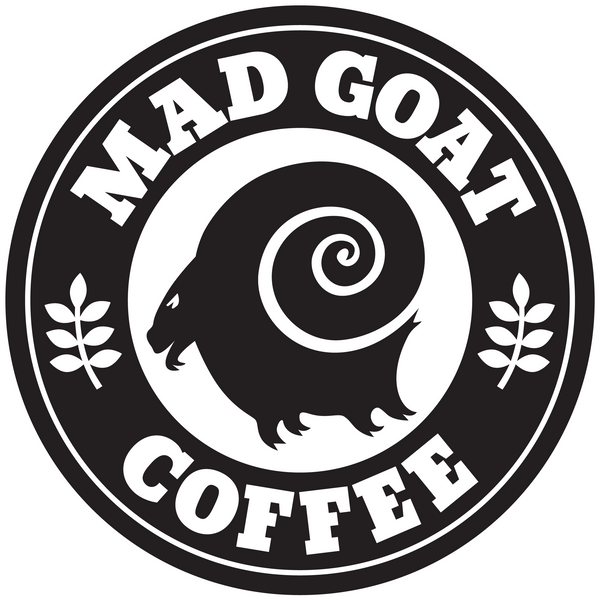Sourcing

We source our coffee from around the world with the help of four partnering importers, Cafe Imports, Onyx Coffee, Keffa Coffee, and Cafe Kreyol.

Our coffee comes from different countries, and therefore in addition to our blends we sell single-origin coffees that highlights the unique coffee coming out of that country.
We have chosen four different countries that are our go to coffees we always have on hand.
Ethiopia, Guatemala, Mexico, and Papua New Guinea.
These four countries represent some of the different coffee growing areas around the world and each of these regions have a unique history and approach to how to grow the best coffee. The coffee that comes from them have characteristics that differ from one another, but can also compliment each other in blends.
In addition to these four standard bearers, we seasonally offer coffees from other countries as well as well as decaf offerings too. Check out our online store to see our full lineup of coffee offerings.

From the farm to your cup
Coffee is a crop, and great coffee must begin at a great farm.
When we are sourcing coffee we are looking for farms and mills that take the proper care to ensure the quality of their coffee.
Great coffee is often grown not only in tropical regions, but at higher altitudes. Some of the best coffee growing regions feature mountainous terrain, where the coffee is grown along the sides of hills and mountains. These conditions make equipment difficult, but the best coffee is harvested by hand to ensure only the properly ripe fruit is picked. This is difficult work, since a single coffee tree only results in 1-2 pounds of green coffee beans.
Once the fruit is harvested, it is taken to a local mill where the processing of the coffee begins. From this point, there are 3 main ways the coffee is processed.

Washed process
A washed process is by far the most common coffee processing method. In this process the pulp and mucilage is fully removed by a mechanical process and the beans are then soaked in water for 1-2 days to slightly ferment. The beans are then washed again to ensure a clean bean and then dried on raised beds or brick patios until they are ready to be bagged. This processing method leads to a very clean cup of coffee, and is the classic taste most people are used to.
This video from Cafe Imports shows and explains the washed process in more detail.
Washed Coffee Processing from Cafe Imports on Vimeo.
Natural process
A natural process is where the fruit first gets put out in the sun to dry for a period of weeks. During this time it is raked and turned to ensure even drying and prevent spoiling. The fruit is then mechanically de-pulped and left to rest. This process can lead to earthy, tangy, and sometimes slightly fermented taste profiles. This is the oldest processing method, but has been making a comeback because of the interesting and exciting flavors it can develop. However, due to the time and labor involved, it will often list for a higher price. We periodically feature a natural Ethiopian coffee, which is one of our all time favorite coffees and can elicit a sweet blueberry muffin flavor.
Honey process
Honey processing falls on a spectrum between washed and natural. The pulp of the fruit is fully removed, but some of the mucilage is left on to dry for an extended time. This method can lead to fruity, floral, and a variety of other exciting and interesting flavors, but much care needs to be given to the coffee during this method and thus these coffees often fetch a higher price point. Different colors have been given depending on how much mucilage is left on, the chart below shows the spectrum.

Most of our coffees are washed, but we do periodically source both natural and honey processed coffees. We make sure to always list the processing method on our coffee bags.
Decaffeination Process
Our decaf coffees have already gone through the decaffeination process when we order them. The caffeine can be removed from the coffee through either a chemical wash process or a water only process.
All of the decaf coffees we offer have gone through the mountain water process, without any chemical addition. During this process the coffee is soaked in water, during which the caffeine and other chemicals get absorbed by the water. The water then circulates through filters that remove the caffeine and this process is repeated until more than 97% of the caffeine has been removed from the coffee. It is impossible to remove 100% of the caffeine.
Oftentimes the decaffeination process also removes other components that add flavor to the coffee, making decaf coffee less flavorful than regular coffee. However, as with all of our coffees, we strive to source the best possible decafs and we think our decaf coffees have delicious and robust flavor and hold their own against their caffeinated cousins.
Ok, now that we've sourced our beans, head here to find out how we roast them.

